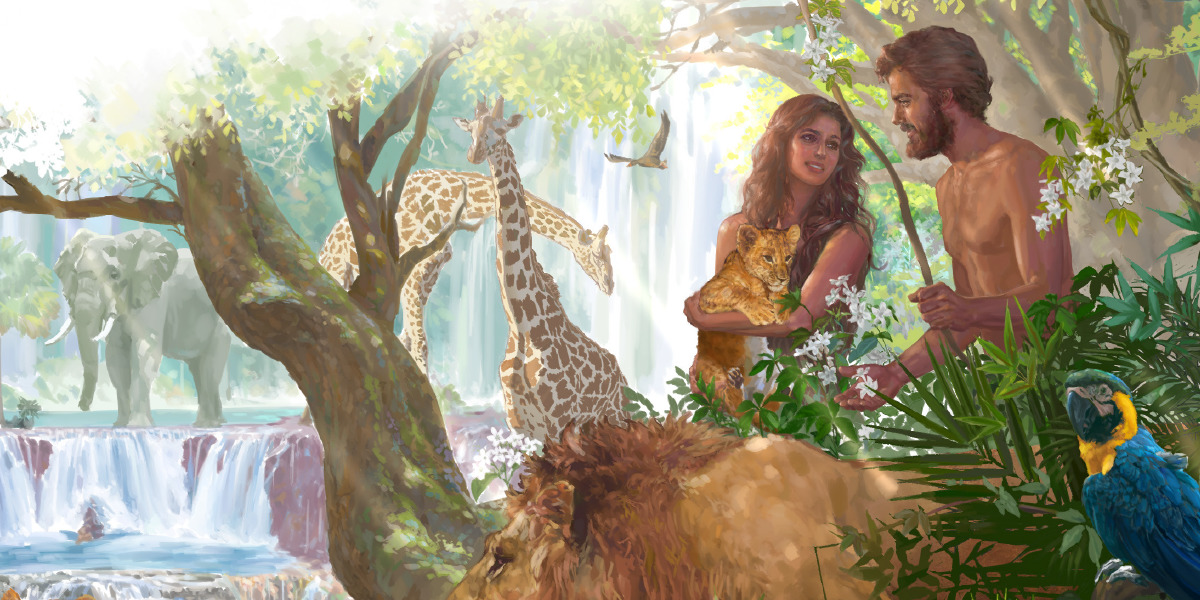

Articles
How Long Was Adam And Eve In The Garden
Modified: February 26, 2024
Discover the duration of Adam and Eve's stay in the garden
(Many of the links in this article redirect to a specific reviewed product. Your purchase of these products through affiliate links helps to generate commission for Storables.com, at no extra cost. Learn more)
Introduction
Welcome to a journey into the enchanting world of gardening. In this article, we will explore the fascinating story of Adam and Eve’s time in the Garden of Eden. This iconic tale from biblical literature has captivated the imaginations of people for centuries, and it continues to be a source of curiosity and intrigue. As we delve into the story, we will discover the lush paradise that was the Garden of Eden, the temptations that led to their expulsion, and the profound impact this event has had on the human experience.
Gardening has always been a way for humans to connect with nature, find solace, and cultivate their surroundings. Whether you are a seasoned gardener or just beginning to explore the wonders of nurturing plant life, this article will provide valuable insights and inspiration for your own gardening journey.
So, let us embark on this delightful adventure and unravel the mysteries of Adam and Eve’s time in the Garden. Come with me as we explore the lush landscapes, vibrant flora, and the bittersweet journey of our first ancestors.
Key Takeaways:
- Adam and Eve’s time in the Garden of Eden was a period of blissful innocence, perfect harmony, and intimate fellowship with God, serving as a poignant reminder of the blessings of a close relationship with the Creator.
- The story of Adam and Eve in the garden offers valuable lessons for both gardeners and spiritual seekers, emphasizing the importance of stewardship, wise choices, and the hope of redemption through Christ.
Read more: How Long To Water A Garden
The Creation of Adam and Eve
In the book of Genesis, the story of Adam and Eve unfolds as a profound account of the creation of humanity. According to the biblical narrative, God formed Adam from the dust of the ground and breathed life into his nostrils, making him a living being. Adam was created in the image of God and was given the responsibility of caring for the Garden of Eden.
While Adam occupied the lush paradise alone, God recognized that it was not good for him to be alone. He decided to create a companion for Adam, one who would be his perfect match and a helper in his journey through life. Thus, God created Eve by taking one of Adam’s ribs and fashioning it into a woman. When Adam saw Eve for the first time, he exclaimed, “This is now bone of my bones and flesh of my flesh; she shall be called Woman because she was taken out of Man.”
With the creation of Adam and Eve, humanity came into existence, and the stage was set for their extraordinary adventure in the Garden of Eden. As we move forward in our exploration, let us delve into the details of the magnificent paradise that God prepared for them.
The Garden of Eden
The Garden of Eden is depicted as a utopian paradise, a place of unparalleled beauty and abundance. It is described as a lush and bountiful garden, rich with a variety of trees, fruits, and foliage. The garden’s existence was not simply to provide sustenance for Adam and Eve, but it was also a place of communion and fellowship with God.
Within the Garden of Eden stood the Tree of Life, which possessed the power to grant eternal life. It was a symbol of God’s divine presence and a source of nourishment for Adam and Eve. In addition to the Tree of Life, there was also the Tree of the Knowledge of Good and Evil. God instructed Adam and Eve not to eat from this tree, warning them of the consequences that would follow.
The garden was also a sanctuary for various animals and creatures. Adam was tasked with naming the animals, establishing his stewardship over the natural world. The harmonious coexistence between humans and animals in the garden exemplified the perfect balance and harmony of the created order.
In the midst of this magnificent garden, God walked and communed with Adam and Eve. They enjoyed a close relationship with their Creator, basking in His presence and receiving His guidance and love. This intimate connection with God not only satisfied their spiritual thirst but also provided them with a deep sense of purpose and fulfillment.
The Garden of Eden was truly a haven of tranquility, where humanity lived in perfect harmony with nature and with God. However, this idyllic setting was soon to be disrupted by the ominous presence of temptation. Let us now turn our attention to the pivotal event that led to Adam and Eve’s fall from grace.
The Temptation and Fall of Adam and Eve
As the story goes, the serpent, who was craftier than any other creature in the garden, approached Eve and engaged her in a conversation. He questioned God’s command not to eat from the Tree of the Knowledge of Good and Evil, sowing seeds of doubt within her mind. The serpent cunningly persuaded Eve that if she were to eat from the forbidden tree, she would gain knowledge and become like God.
Tempted by the serpent’s words and enticed by the prospect of becoming more than they were, Eve succumbed to the temptation. She took the fruit from the forbidden tree and ate it. Realizing the gravity of what she had done, she also gave some to Adam, who was with her in the garden, and he too ate from it.
With this act of disobedience, Adam and Eve directly defied God’s command and introduced sin into the world. Suddenly, their innocence was tainted, and they were filled with shame and guilt. They realized their nakedness and hastily sewed fig leaves together to cover themselves.
When God came to the garden, looking for Adam and Eve, they hid in fear. Their shame and guilt consumed them as they attempted to hide from the presence of God. However, God, being all-knowing, called out to them, “Where are you?”
Adam and Eve confessed their wrongdoing, acknowledging their disobedience and attempting to shift the blame. Adam blamed Eve for giving him the fruit, and Eve blamed the serpent for deceiving her. But there was no escaping the consequences of their actions.
God pronounced punishments upon the serpent, Eve, and Adam. The serpent would crawl on its belly and face enmity between itself and humanity. Eve would experience pain in childbirth and would be subject to her husband’s authority. Adam, in turn, would have to toil and labor to sustain himself and his family.
Thus, the fall of Adam and Eve marked a significant turning point in human history. Their disobedience severed the intimate relationship they had with God, and they were banished from the paradise of the Garden of Eden.
The consequences of their actions reverberate throughout time, shaping the human experience. Yet, even in this grim moment, a glimmer of hope emerged, as God promised a savior who would one day redeem humanity from the grip of sin.
In the next section, we will explore the duration of Adam and Eve’s time in the Garden and its impact on the human narrative.
The Bible does not specify the exact length of time Adam and Eve spent in the Garden of Eden, but it is generally believed to have been a relatively short period before they were expelled.
Expulsion from the Garden
After Adam and Eve succumbed to temptation and disobeyed God’s command, they were faced with the consequences of their actions. God declared that they would be banished from the Garden of Eden, the paradise they had called home. This expulsion was not only a physical removal from the garden but also a spiritual separation from the intimate communion they once enjoyed with their Creator.
As Adam and Eve were expelled from the garden, they faced a world vastly different from the paradise they had known. The once seamless connection with nature was now marred by the presence of thorns and thistles, making their toil for sustenance more difficult. The peace and harmony they once experienced were shattered, replaced by the harsh realities of a fallen world.
Though they were forced to leave the garden, God’s love and mercy were still evident. As they departed, God provided them with garments made from animal skins, symbolizing the covering of their shame and vulnerability. Additionally, God placed cherubim and a flaming sword at the entrance to the garden, guarding it and preventing Adam and Eve from returning.
This moment of expulsion held profound significance for humanity. It marked the introduction of sin and its consequences into the world, shaping the human condition from that point forward. The consequences of their actions would reverberate throughout generations, leading to death, pain, and suffering.
However, even in the midst of judgment, God revealed His grace and promise of redemption. Through the
Adam and Eve’s Time in the Garden
The exact duration of Adam and Eve’s time in the Garden of Eden is not specified in biblical texts, leaving room for speculation and interpretation. While there is no definitive answer, there are a few clues that can shed light on this intriguing question.
First, it is important to note that the concept of time was likely different in the garden compared to the present world. The garden existed before the Fall, where sin and its consequences such as aging and death were introduced. Therefore, it is reasonable to assume that time functioned differently in this perfect and uncorrupted environment.
Additionally, the absence of recorded aging or procreation before their expulsion from the garden suggests that their time within it might have been relatively short. Without the need for reproduction and the aging process, Adam and Eve may have experienced a state of perpetual youth and vitality.
Furthermore, the seamless connection with God and the absence of mention of significant events or milestones during their time in the garden also suggests a relatively brief period. The focus of the biblical narrative shifts primarily to the events leading to their expulsion and the consequences that followed.
While the duration of their time in the garden remains uncertain, the significance of their experience within it cannot be understated. It was a time of unparalleled fellowship with God, where they dwelled in a state of innocence and harmony. They enjoyed a direct and intimate relationship with their Creator, conversing with Him and walking in His presence.
In this idyllic setting, Adam and Eve had the privilege of tending to the garden, naming the animals, and exploring the abundant beauty of their surroundings. They experienced perfect peace, joy, and fulfillment as they fulfilled their role as caretakers of God’s creation.
However, this time of blissful existence was tragically cut short by their disobedience and subsequent expulsion from the garden. The consequences of their actions would reverberate throughout human history, shaping the struggles and challenges that humanity would face for generations to come.
Reflecting on Adam and Eve’s time in the garden serves as a reminder of the blessings inherent in a close relationship with God and the consequences of straying from His commands. It urges us to seek a restored connection with our Creator and to embrace the responsibility we have as stewards of the world around us.
As we journey through the joys and challenges of our own gardens, whether literal or metaphorical, let us learn from the lessons of Adam and Eve’s time in the garden and strive to cultivate a deeper understanding of God’s presence in our lives.
Conclusion
The story of Adam and Eve in the Garden of Eden is one that transcends time and continues to captivate our imaginations. It symbolizes the innocence of humanity, the struggle with temptation, and the consequences of our choices. This narrative holds valuable lessons for both the avid gardener and the spiritual seeker.
Gardening, like the time Adam and Eve spent in the garden, offers us an opportunity to reconnect with nature, find solace, and cultivate our surroundings. It reminds us of the importance of stewardship and the delicate balance between nurturing and respecting the natural world. The garden provides a sanctuary where we can witness the beauty and wonder of creation, a place where we can experience the therapeutic benefits of working with plants and nurturing life.
Furthermore, the story of Adam and Eve reminds us of the fragility of our relationship with God and the consequences of straying from His commands. It serves as a cautionary tale, urging us to make wise choices and resist the temptations that may lead us astray. Just as Adam and Eve were banished from the garden, our own missteps can separate us from the abundant blessings and intimacy with our Creator.
Yet, even in the midst of the dire consequences, there is a ray of hope. God’s love and mercy shine through as He provides garments and promises of redemption. The story of Adam and Eve foreshadows the ultimate sacrifice of Jesus Christ, who would come as the Savior of humanity, offering redemption and a restored relationship with God.
So, let us embrace the wisdom from the Garden of Eden and apply it to our own lives. Let us cherish the beauty of nature, cultivate our gardens with care, and find solace and tranquility in the process. Let us remember the importance of obedience and the consequences of our choices, seeking to align ourselves with God’s will. And let us hold onto the hope of redemption, knowing that through Christ, a path to restored communion with our Creator exists.
Whether you find yourself tending to your garden or reflecting on the deeper meanings of the Adam and Eve story, may you be inspired to embrace the lessons learned and nurture your own spiritual growth. May the wonders of gardening and the wisdom of this timeless narrative bring joy, fulfillment, and a deeper connection with the natural world and our Creator.
Frequently Asked Questions about How Long Was Adam And Eve In The Garden
Was this page helpful?
At Storables.com, we guarantee accurate and reliable information. Our content, validated by Expert Board Contributors, is crafted following stringent Editorial Policies. We're committed to providing you with well-researched, expert-backed insights for all your informational needs.
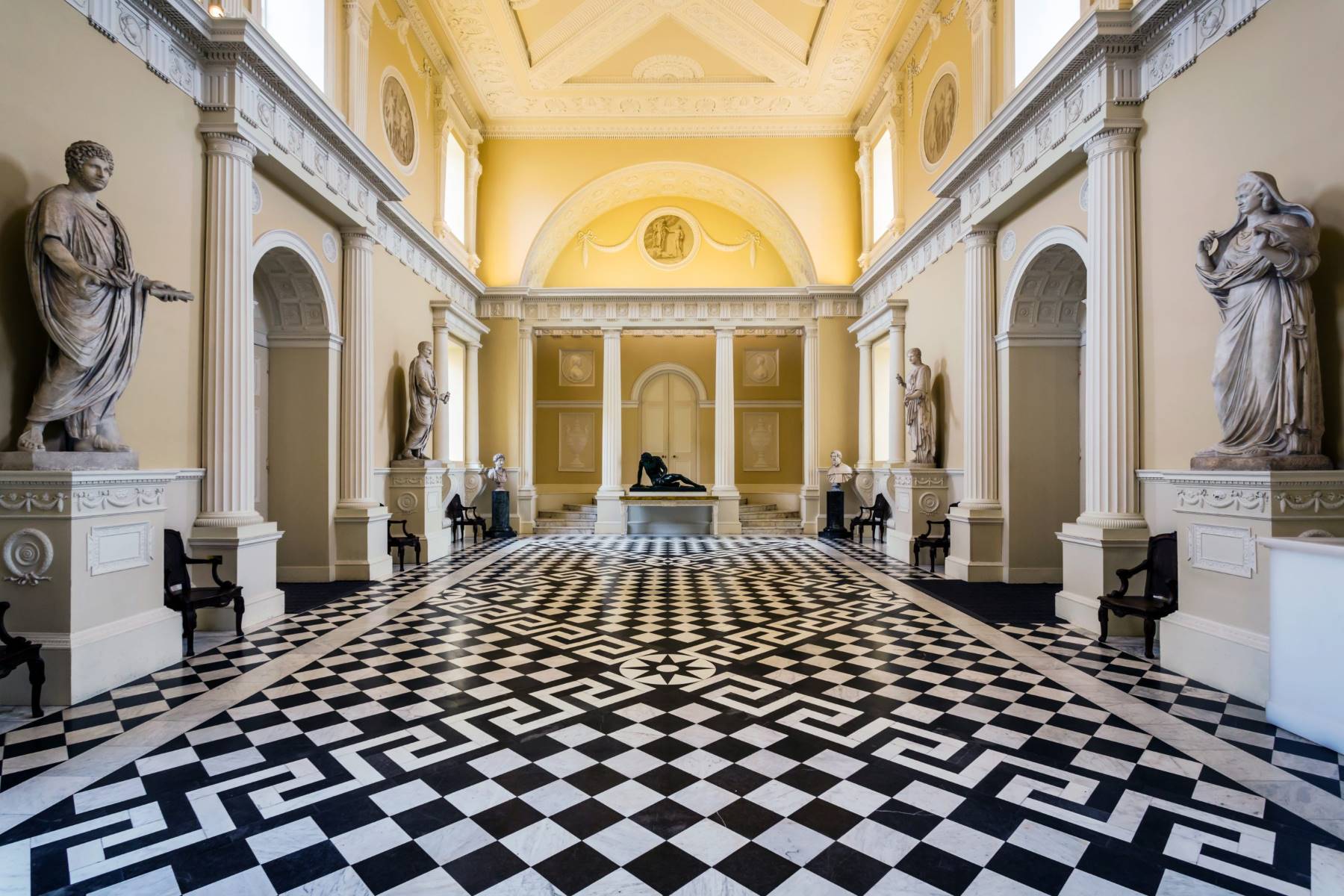

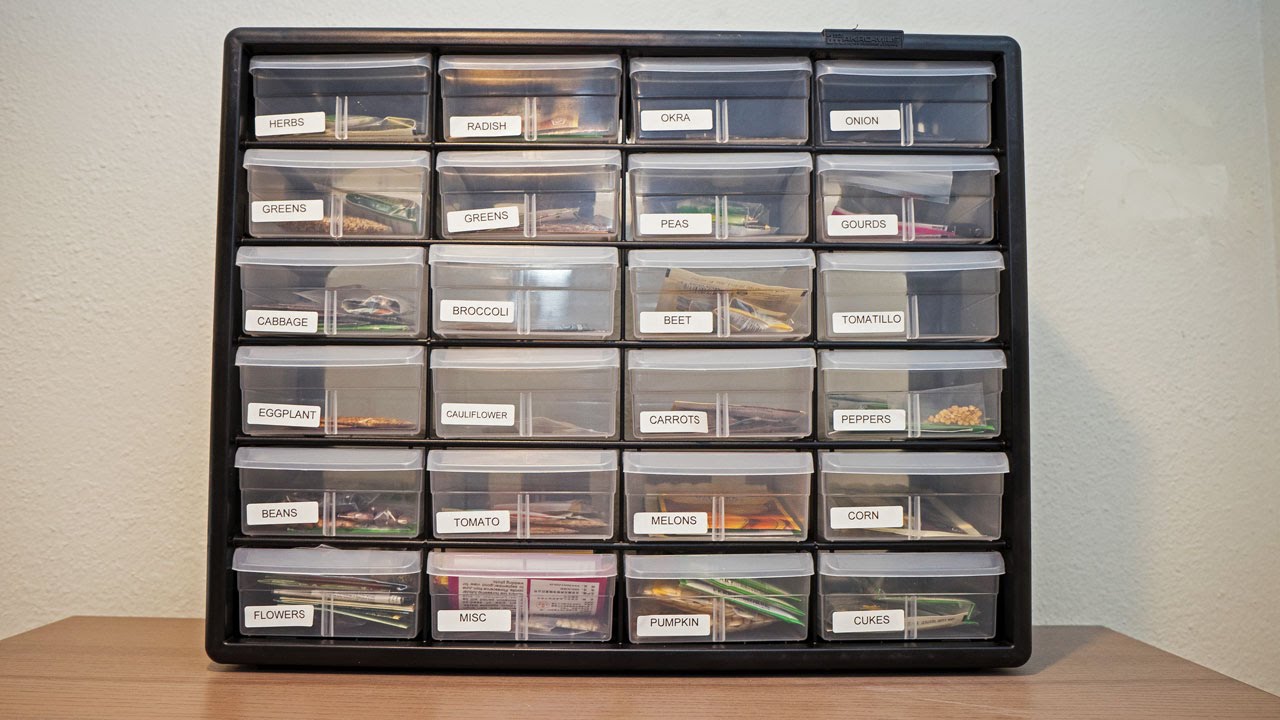


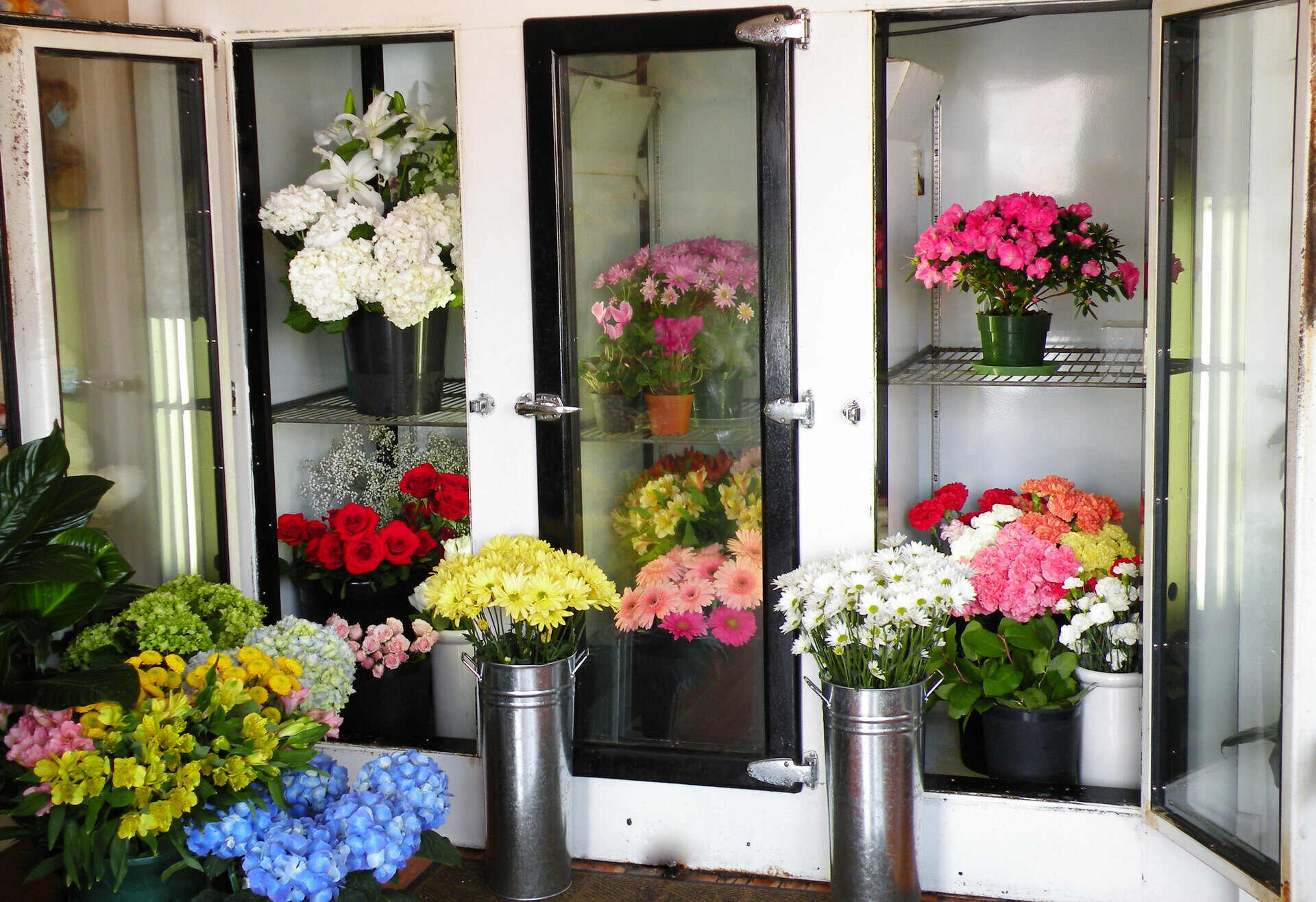

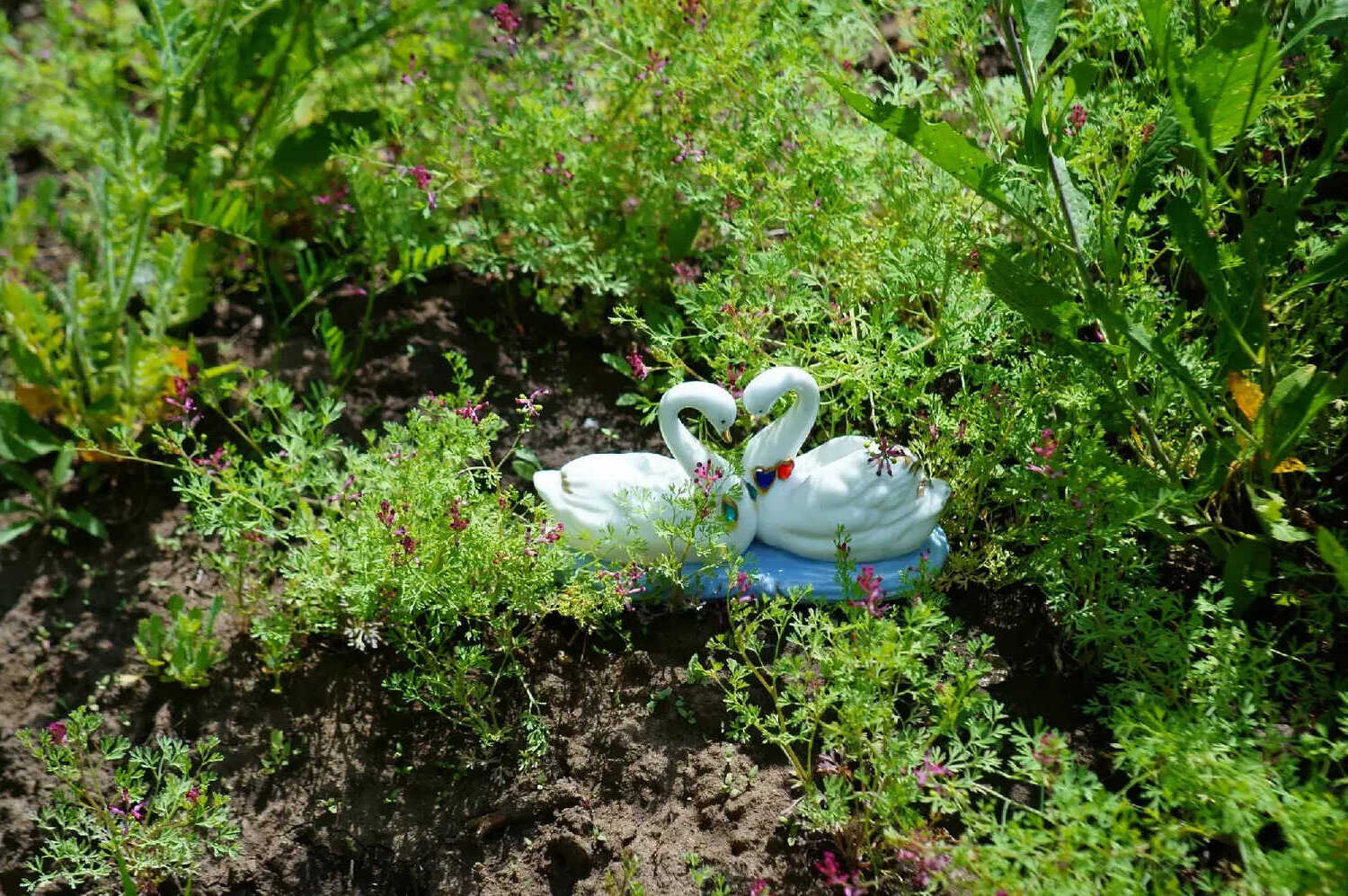
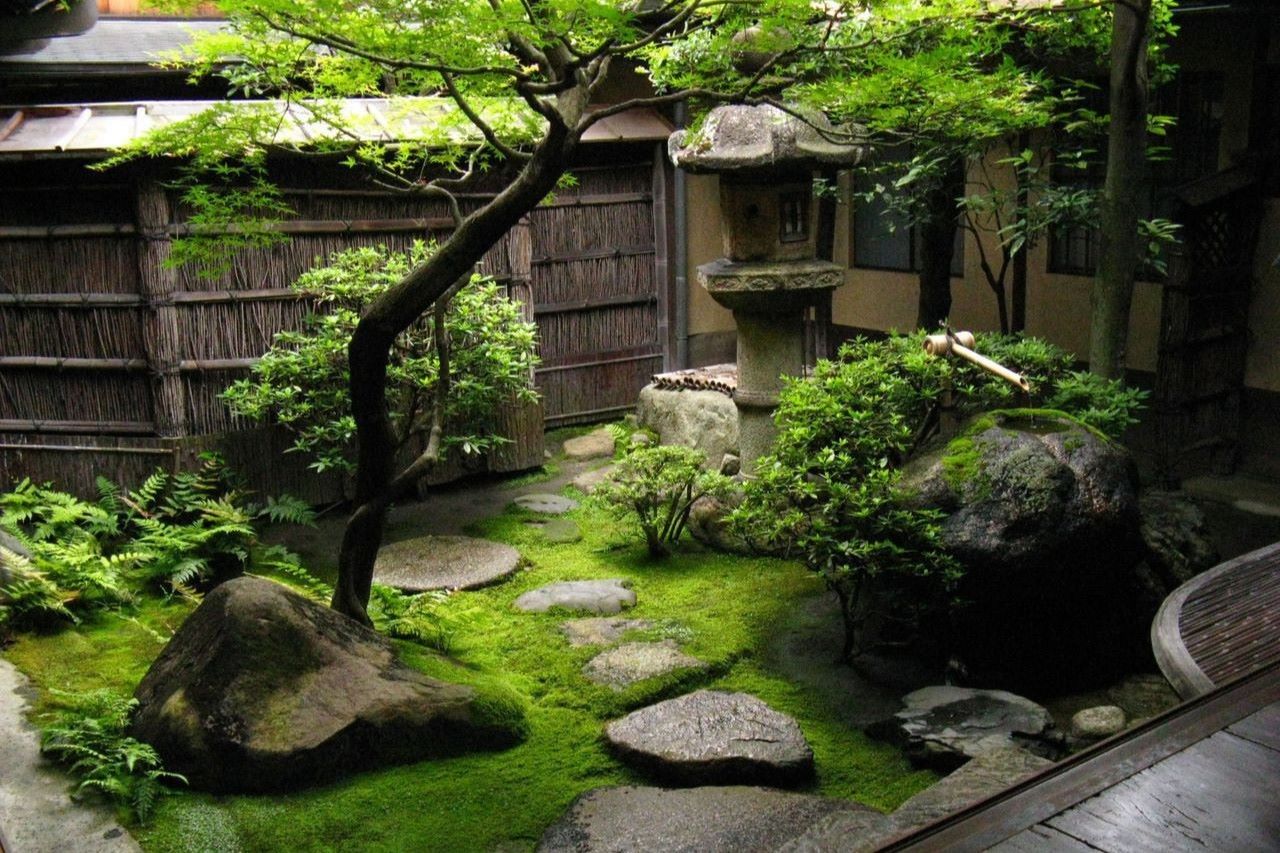

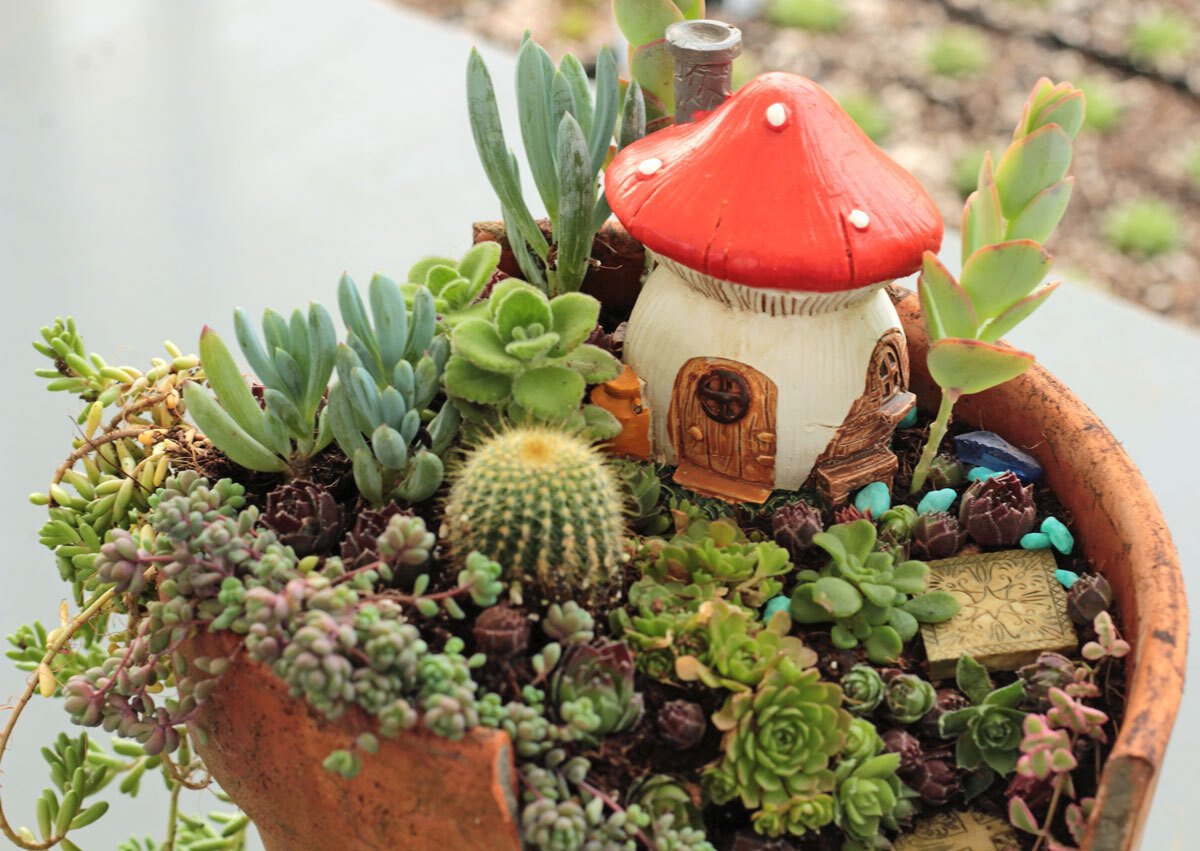

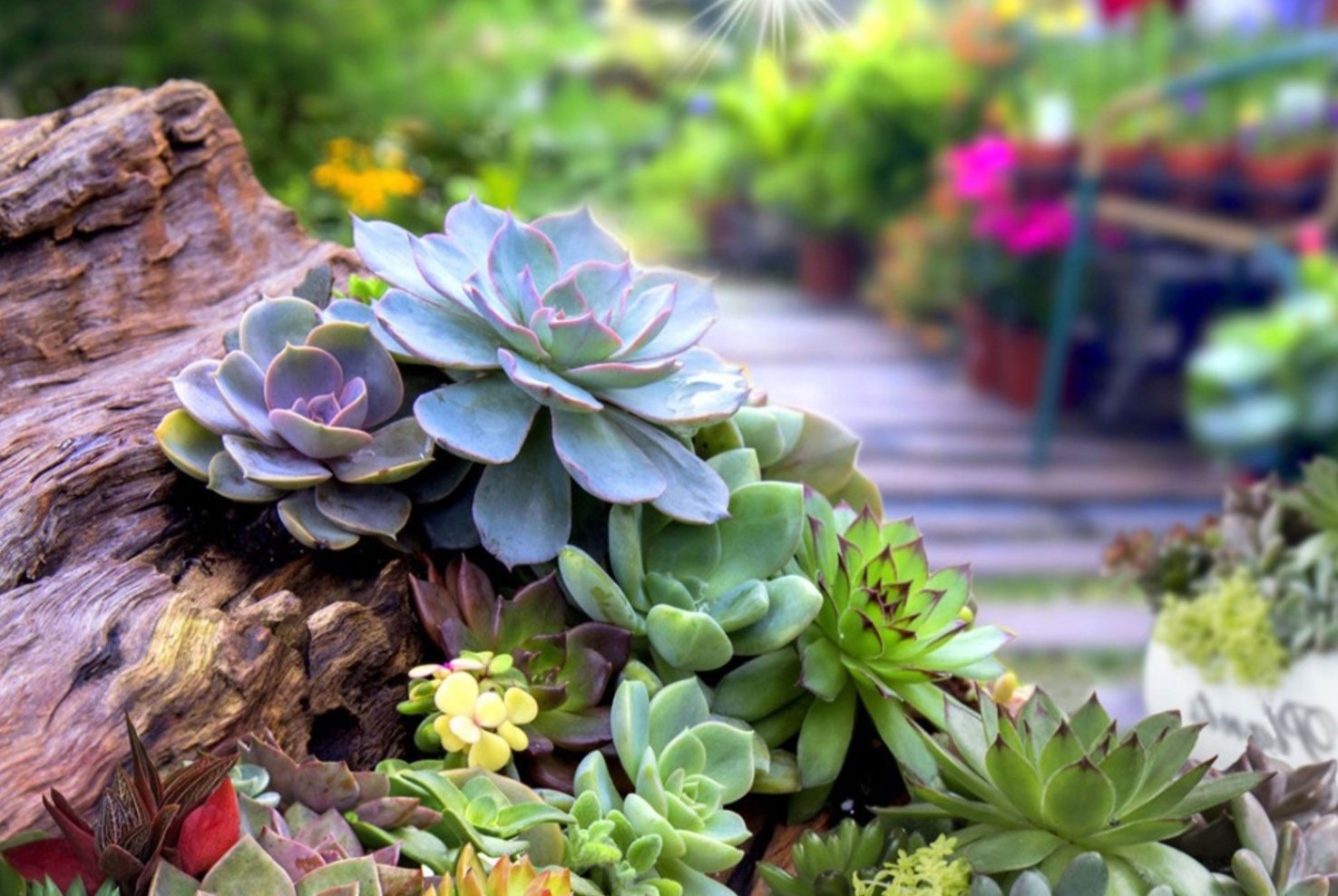
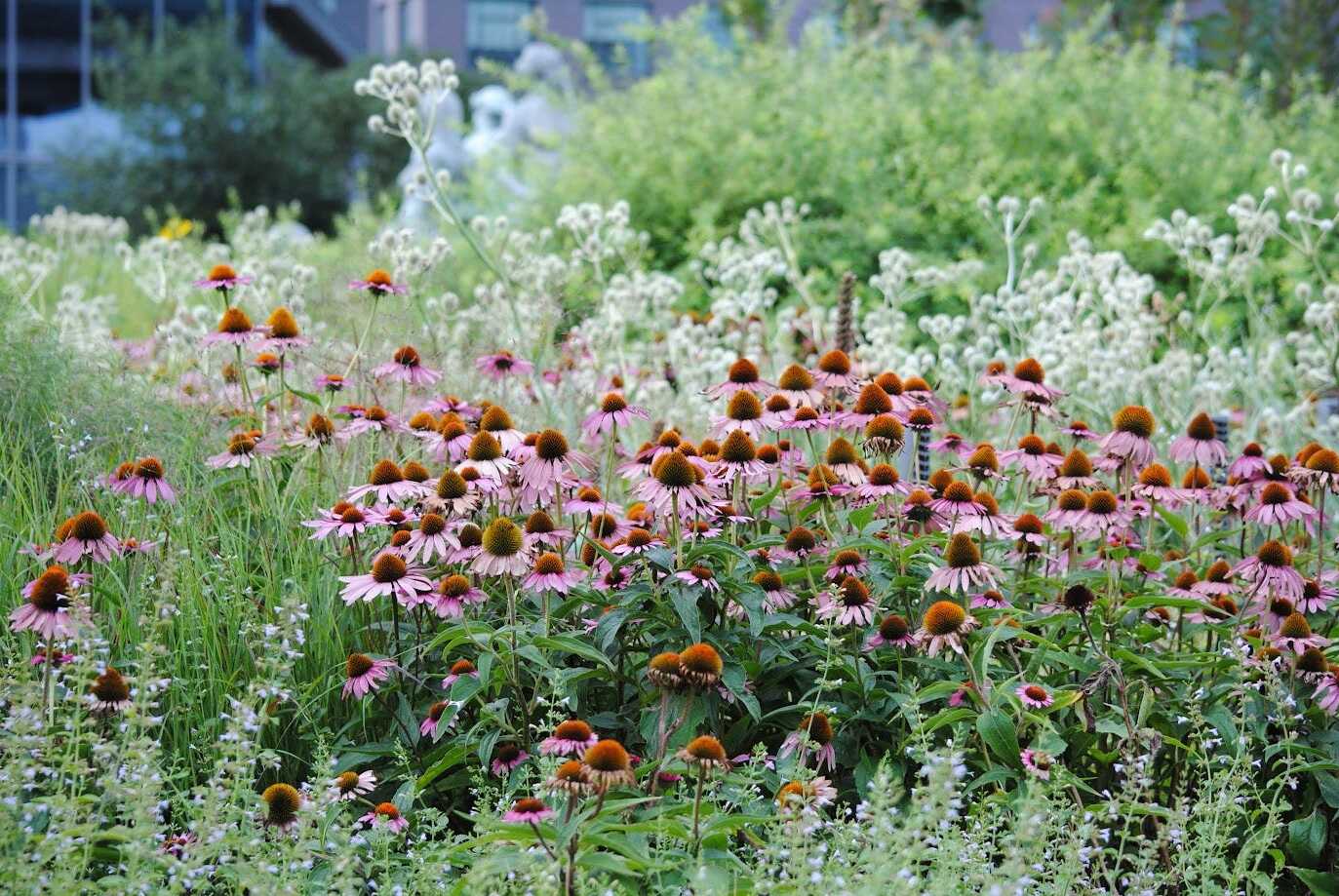

0 thoughts on “How Long Was Adam And Eve In The Garden”